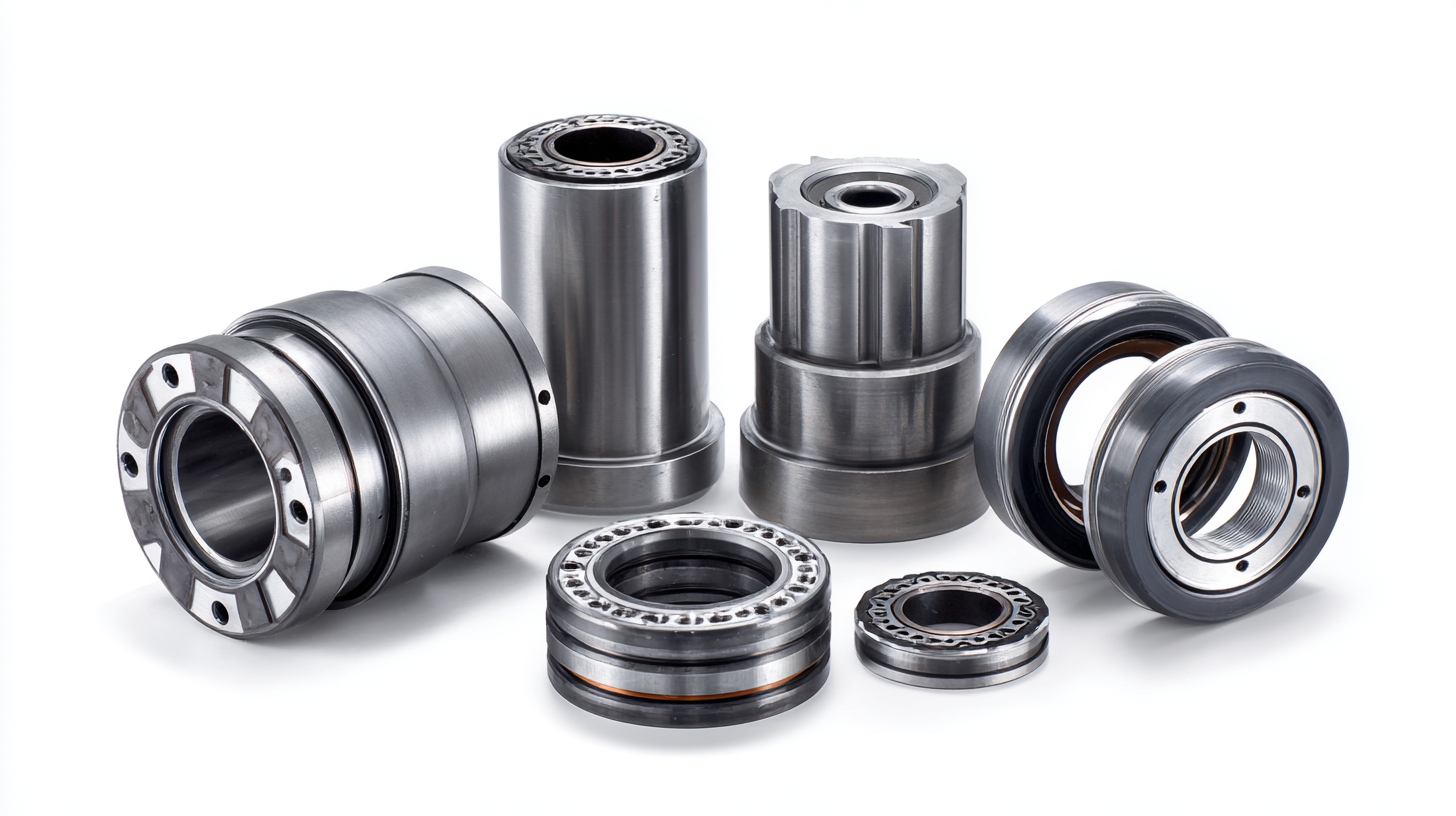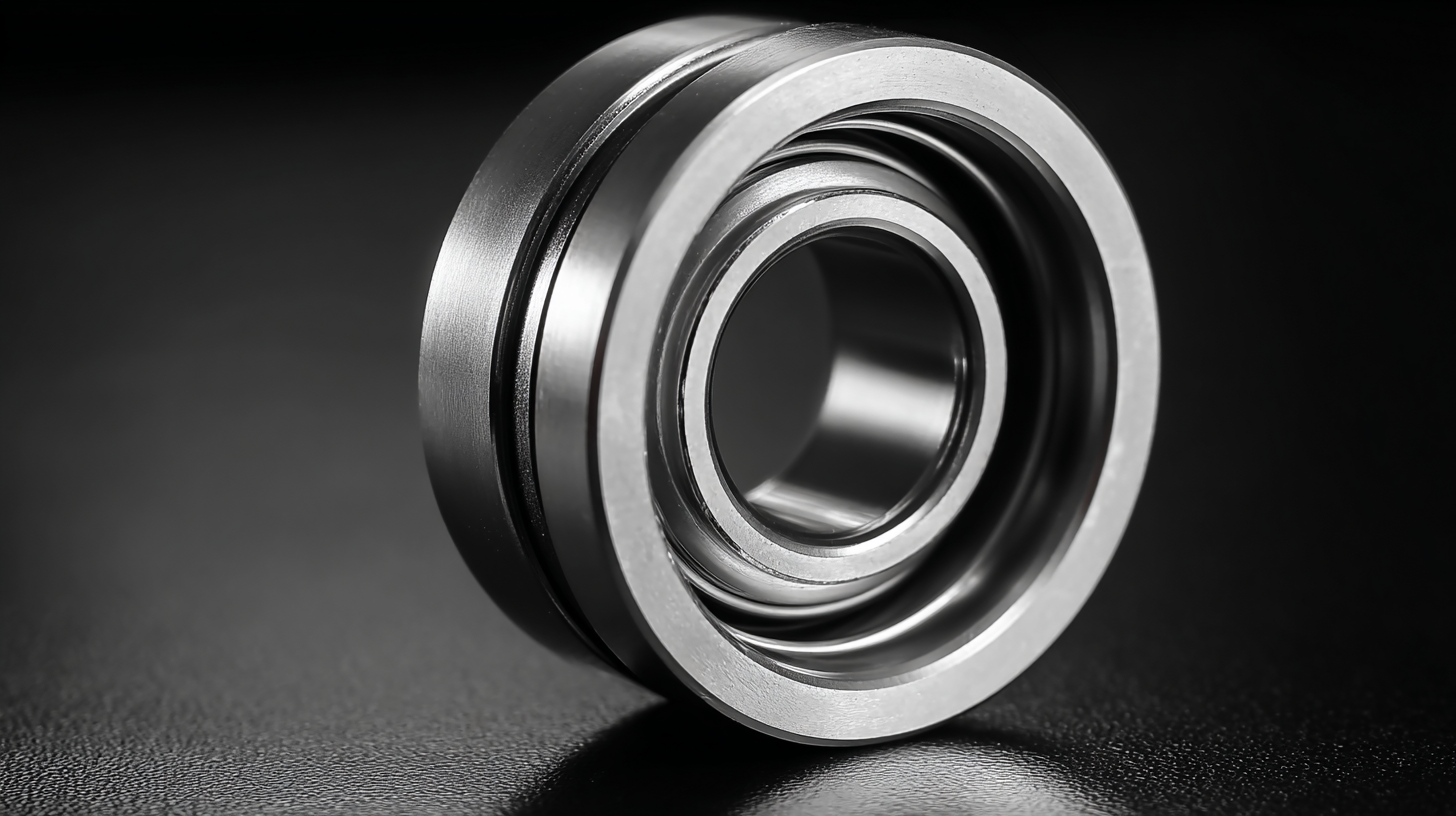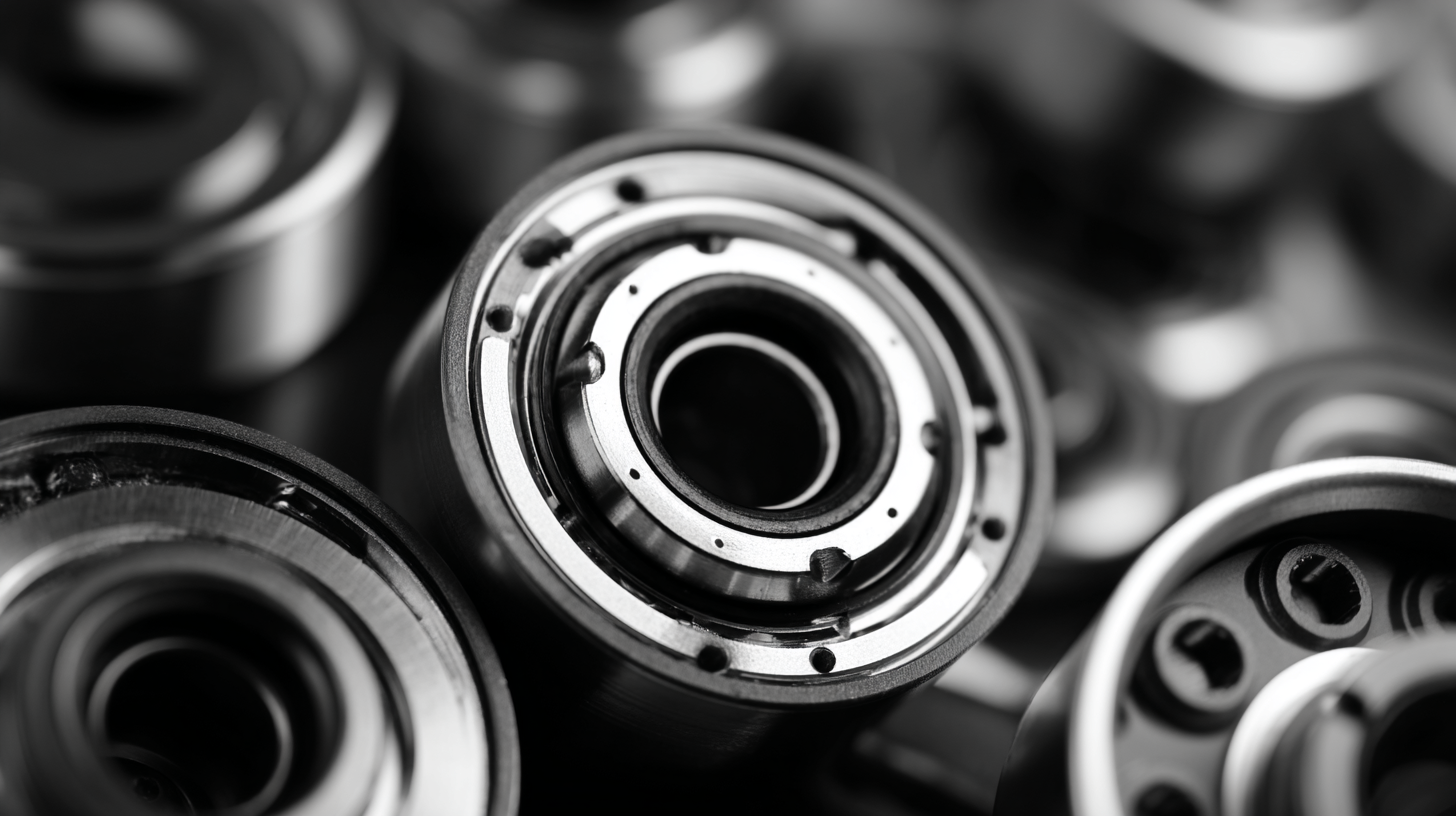The Advantages of Using Best Low Noise Electric Motor Bearings for Global Buyers
In an increasingly connected world where quality and efficiency define market leadership, global buyers are on the lookout for components that elevate their products. Among these, Low-Noise Electric Motor Bearings stand out as a crucial element for manufacturers striving to enhance the performance and longevity of their electric motors. These innovative bearings not only minimize operational noise—a vital factor in various applications—but also ensure smooth functionality under rigorous conditions.
As China proudly takes its place on the global manufacturing stage, the focus on excellence in producing Low-Noise Electric Motor Bearings underscores the country's commitment to quality and innovation. This blog will delve into the multiple advantages these specialized bearings offer, illustrating why they are becoming the preferred choice for international buyers seeking reliable, high-performance solutions.
The Importance of Low Noise Electric Motor Bearings in Modern Industrial Applications
In modern industrial applications, the significance of low noise electric motor bearings cannot be overstated. A recent report by MarketsandMarkets indicates that the global bearing market is projected to reach $92 billion by 2025, driven largely by the demand for quieter, more efficient machinery. Low noise electric motor bearings are integral to achieving these objectives, as they minimize operational sound levels, enhance the overall efficiency of electric motors, and reduce wear and tear on machinery components. Specifically, these bearings are designed with advanced materials and precision engineering, resulting in noise reductions that can exceed 15 dB compared to standard bearings.
Moreover, industries such as automotive, aerospace, and renewable energy are increasingly adopting low noise electric motor bearings to comply with stringent noise regulations and improve customer satisfaction. According to a study published by the International Journal of Mechanical Engineering, equipment failures due to excessive noise can lead to costs as high as $2 billion annually in the manufacturing sector. By integrating low noise bearings, companies can prolong the lifespan of electric motors, thus providing a satisfactory return on investment while simultaneously promoting sustainability through enhanced energy efficiency. With noise pollution becoming a critical concern, the shift towards low noise electric motor bearings is not just a trend but a necessity in modern industrial applications.
Key Performance Metrics for Selecting Low Noise Bearings for Electric Motors
When selecting low noise electric motor bearings, several key performance metrics should be considered to ensure optimal functionality and reliability. Firstly, the bearing's noise level is a critical factor, as it directly impacts the overall performance of electric motors, particularly in applications requiring minimal auditory disturbance. Advanced materials and design variations, such as the innovative rotor designs that use ferrite compound permanent magnets, have been shown to significantly reduce energy losses and operational noise, making them preferable choices for global buyers seeking efficiency.
Additionally, reliability and maintenance costs play a crucial role in the selection process. Bearings that can withstand various operational stresses while minimizing wear and tear will ultimately lead to reduced downtime and cost savings. Incorporating condition monitoring solutions that detect early signs of bearing damage can further enhance reliability, aligning with the growing demand for increased energy efficiency in electric vehicle components. Buyers should also consider factors like lubrication conditions and the compatibility of bearing designs with existing motor technology to maximize their investment in low noise bearings.
The Advantages of Using Best Low Noise Electric Motor Bearings for Global Buyers
This chart illustrates the key performance metrics for selecting low noise bearings for electric motors, highlighting noise levels in decibels (dB) for various bearing types. Lower noise levels indicate better performance in electric motor applications.
Industry Trends: The Growing Demand for Quiet Electric Motor Solutions
As the demand for quieter machinery increases, the electric motor industry is witnessing a significant shift towards low-noise solutions. The growing awareness of noise pollution and its implications for health and productivity is driving manufacturers to seek out electric motor technologies that operate more quietly. This trend is not only beneficial for industries that rely on electric motors, such as manufacturing and transportation, but it also meets the rising consumer expectations for noise-free performance in products like appliances and electric vehicles.

Key advancements in bearing technology have emerged as a critical response to this demand. High-quality, low-noise electric motor bearings are designed to reduce friction and vibrations, which are typically the primary sources of noise in electric motors. By investing in these innovative solutions, manufacturers can enhance their product offerings while achieving compliance with increasingly strict noise regulations. Consequently, global buyers are prioritizing the acquisition of top-tier bearings that promote silent operation, ensuring that their products stand out in an increasingly competitive marketplace.
Comparative Analysis of Noise Levels: Low Noise vs. Standard Electric Motor Bearings
When it comes to electric motor bearings, noise levels can significantly impact both performance and user satisfaction. A recent study published by the American Society of Mechanical Engineers reveals that standard electric motor bearings can produce noise levels ranging from 70 to 90 decibels. In comparison, low noise electric motor bearings are designed to operate at levels as low as 40 to 60 decibels, effectively reducing the operational disturbances particularly in sensitive environments such as hospitals or laboratories.
The advantages of low noise bearings do not stop at noise reduction; they also contribute to longer service life and improved reliability. According to a report from the International Journal of Advanced Manufacturing Technology, electric motors fitted with low noise bearings exhibited a 20% increase in lifespan compared to their standard counterparts. This durability is attributed to the enhanced design and materials used, which minimize vibrations and friction, leading to more efficient operation. Ultimately, global buyers seeking quiet and dependable solutions will find that investing in low noise electric motor bearings is not just about reduced decibels, but also about enhanced performance and longevity.

Cost-Benefit Analysis: Investing in High-Quality Low Noise Bearings for Global Markets
Investing in high-quality low noise electric motor bearings is becoming a strategic decision for global buyers, especially considering the dynamics of the bearings market, which was valued at approximately USD 46.82 billion in 2024. With projections indicating growth to USD 97.10 billion by 2030, the long-term benefits of investing in superior bearing technology are evident. Low noise bearings not only enhance the performance of electric motors but also contribute to a quieter operation, which is increasingly important in various industries, from automotive to consumer electronics.
Tip: When evaluating low noise bearings, consider their lifecycle cost rather than just the initial price. High-quality bearings may have a higher upfront cost, but their durability and efficiency can result in significant savings over time through reduced maintenance and downtime.
Moreover, as the market landscape evolves, patience and selective investing in high-quality components can yield better returns. Market corrections can generate anxiety, but those who maintain a focus on quality and performance will likely benefit. In the context of the anticipated compound annual growth rate (CAGR) of 5.5% for the Europe high-speed blowers market from 2025 to 2030, aligning investments with reliable products can enhance overall operational efficiency and profitability.
Tip: Keep an eye on industry trends and projections. Understanding market growth trajectories can help you make informed decisions about product investments that align with future demand, ensuring your business remains competitive in the global marketplace.

Home
Products
Industrial Bearings
Deep Groove Ball Bearings
Self-Aligning Ball Bearings
Angular Contact Ball Bearings
Cylindrical Roller Bearings
Taper Roller Bearings
Spherical Roller Bearings
Bearing housing or Accessories
Miniature Bearing
Thrust ball bearing
Radial Spherical Plain Bearing
Pillow Block Bearing
Needle Roller Bearings
Automotive Bearings
Agricultural Bearings
Special Material Bearings
Industry Application
About Us
News
Contact Us





